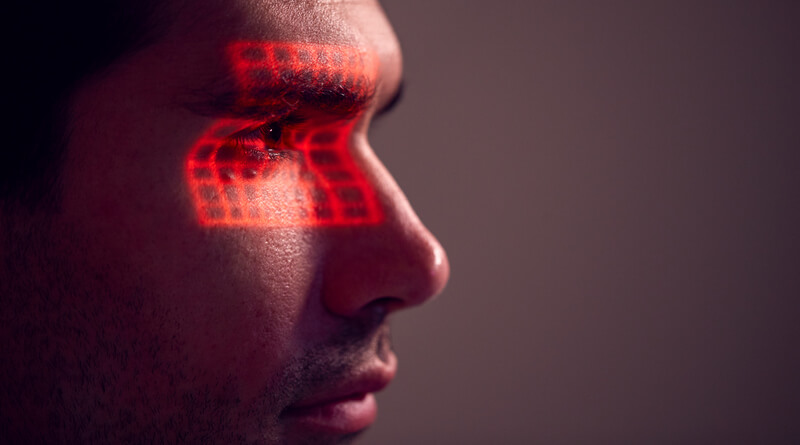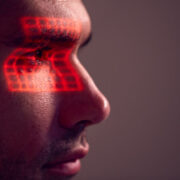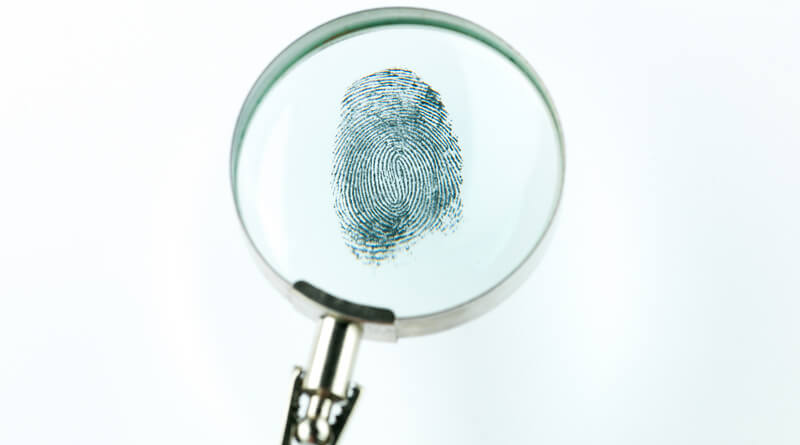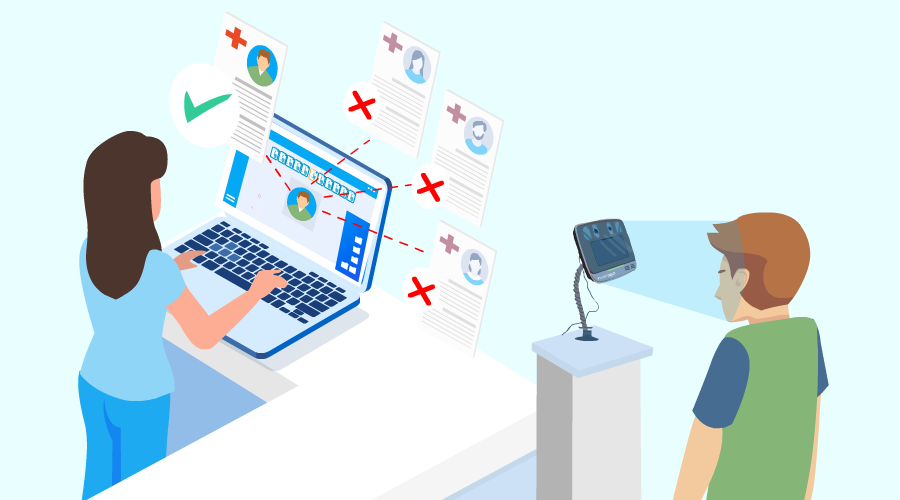Unique patient identifier is what everyone is demanding for patient safety

Patient identification errors are nothing new – everyone in the U.S. knows what it is and by now how it is affecting those who are unfortunate enough to be misidentified, thanks to the numerous reports, surveys, and researches conducted regarding this topic. However, what everyone is now demanding thanks to all these studies is a unique patient identifier.

Let’s jog our memories for a moment. Patient identification errors have been abundant in the healthcare industry since its inception. However, these patient matching errors are at an all-time high now, thanks to EHR related issues like unintuitive interfaces, interoperability issues, and low patient match rates within the systems themselves. It is quite problematic for the healthcare providers as patient misidentification causes losses of millions of dollars per year and problems like physician burnouts due to unintuitive EHR systems. But that’s not all; patients suffer, as well – financially, physically, or both – they very likely may receive the wrong treatment, undergo incorrect surgical procedures, and in some cases, may face death. It is a multibillion-dollar issue of the healthcare system and causes suffering to everyone who comes into contact with it like a plague. In the early days, nobody used to pay much attention to this, but now, thanks to numerous reports, statistics, and data available to the public, everyone knows how much of a problem inaccurate patient identification is.
However, recent developments seem to point to a brighter future for patients and healthcare providers alike. CHIME, also known as College of Healthcare Information Management Executives and the American Health Information Management Association (AHIMA) members pushed the US Senate to demolish the ancient ban regarding a unique patient identifier which could be used nationwide, following the House of Representatives’ decision.
Key individuals from reputed organizations like CHIME and AHIMA, which are full of healthcare IT experts, demonstrated to Congress the benefits of demolishing this ban on a unique patient identifier. The abolishment of this ban would result in the U.S. Dept. of Health & Human Services to work in tandem with private organizations to research and find a unique patient identifier which will help to create accurate patient identification while keeping in mind patient privacy – or does it exist already?
However, the supporters for lifting the ban were not only AHIMA and CHIME – the American College of Surgeons as well as the American Medical Informatics Association chimed in as well, no pun intended. Jointly, they all demonstrated to the Senate the current challenges they face due to patient misidentification and what types of problems the patients might face due to these errors like wrong treatments, financial losses, and so on. Adding to the list was incomplete patient data in EHRs and duplicate records, as well, which results in the reduction of data integrity. A recognized healthcare professional stated that the employees of health systems have the first-hand experience of seeing the implications of patient matching errors and how it adversely affects not only the patients, but also their families. He further said that inaccurate patient matching is one of the sole reasons for hampering patient safety as well as generating extremely high costs, falling in line with all the studies and statistics related to patient matching errors. To put things into perspective, a single patient matching error costs around $1000-$5000 to fix, depending on the complexity of the issue for any given healthcare provider. All this is happening while everyone within the industry as well the Congress is doing their very best to reduce healthcare expenses. However, this will only be possible nationwide if the ban is demolished, and a unique patient identifier is selected.
But why has everyone been so late to tackle this issue? Well, they weren’t – it was addressed before, but was dismissed. Decades ago, HIPAA (Health Insurance Portability and Accountability Act) required a unique patient identifier for utilizing its full potential, but it did not materialize due to privacy concerns. Rules were later added, which banned the HHS from developing a unique patient identifier using federal funds. It has come full circle, as everyone is clamoring for a unique patient identifier now.
However, let’s go back to the past again. As healthcare providers were rapidly adopting EHR systems, they were also experiencing the many problems associated with using them. Thus, they had to resort to other methods to accurately identify their patients, decreasing their reliance on EHR systems.
What should be the unique patient identifier?
Everyone related to the healthcare industry is urging for the creation of a unique patient identifier. What if it exists right now? Over a hundred health systems are using RightPatient – a biometric patient identification system. RightPatient focuses on iris scanning, which is beneficial for everyone involved – it eliminates any risk of catching diseases as it is a non-contact modality and is very easy to use for the patients. All a patient needs to do is look at the camera, and the patient is quickly and accurately matched with his or her health record. It is also reducing losses for its users by reducing denied claims. The health systems have also been reporting promising results like improved patient safety, and enhanced patient experience. It is also causing fewer physician burnouts – they can focus on the patients rather than spending time matching the patients with their EHRs, because RightPatient does it for them. Thus, as such a tried and tested solution as RightPatient exists, it seems to be a viable candidate for being the unique patient identifier of the U.S. healthcare industry.






















